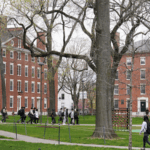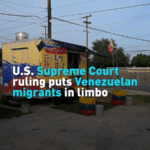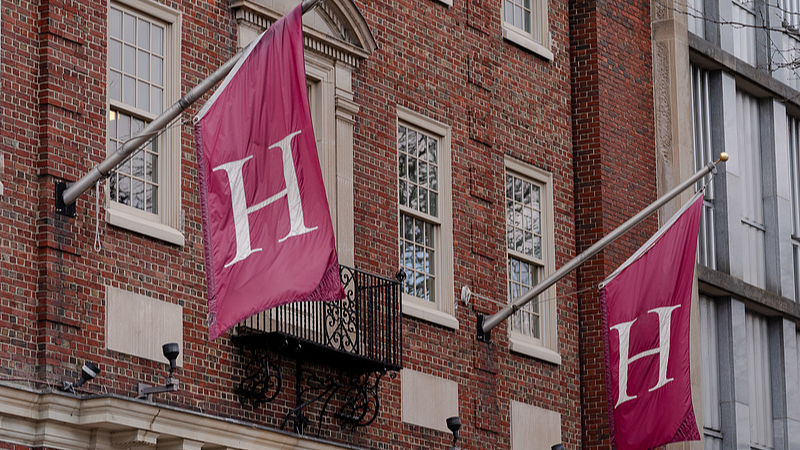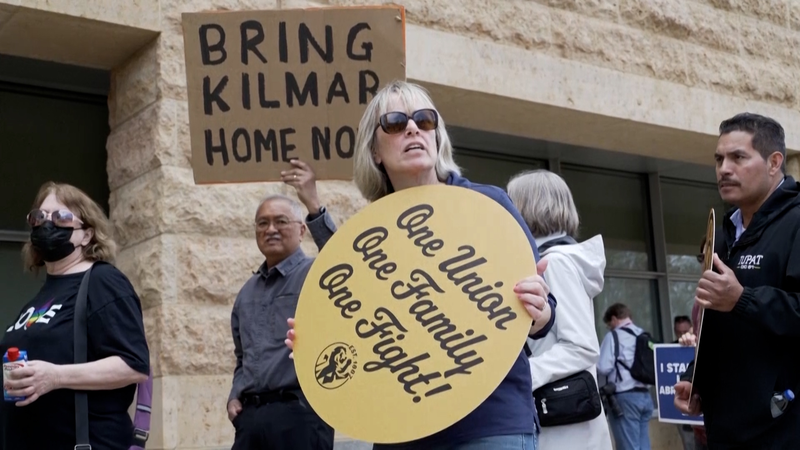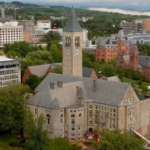Millions of U.S. college students are returning to campuses this fall amid a seismic shift in admissions policies. Last year’s Supreme Court decision to ban affirmative action – a decades-old practice offering underrepresented minority students a leg up – is already reshaping campus demographics. 📉📈
Early data shows declines in Black, Latino, and Indigenous student enrollment at some major universities, while historically Black colleges (HBCUs) report surging interest. “This isn’t just about numbers – it’s about losing diverse perspectives that enrich learning for everyone,” one education expert told CGTN.
While the ruling aimed to create ‘colorblind’ admissions, critics argue it ignores systemic barriers. Meanwhile, HBCUs are stepping into the spotlight, with Spelman College and Howard University seeing record applications. 💪🏾🎉
As universities scramble to adjust – emphasizing essay prompts about adversity or community impact – the bigger question remains: Will this decision widen inequality in America’s lecture halls? 🧠⚖️ Only time (and tuition bills) will tell.
Reference(s):
How the affirmative action ban affects U.S. college admissions
cgtn.com

